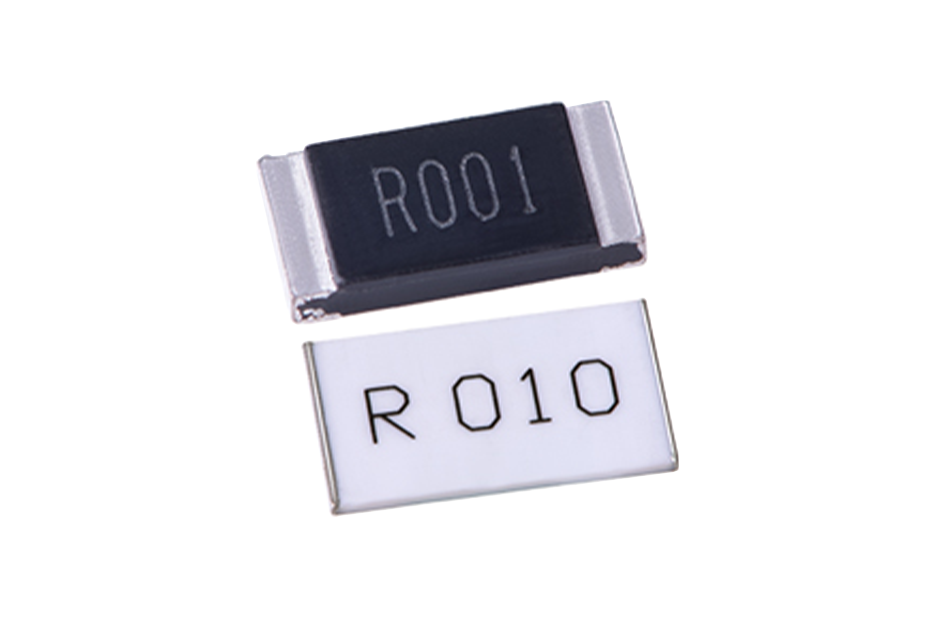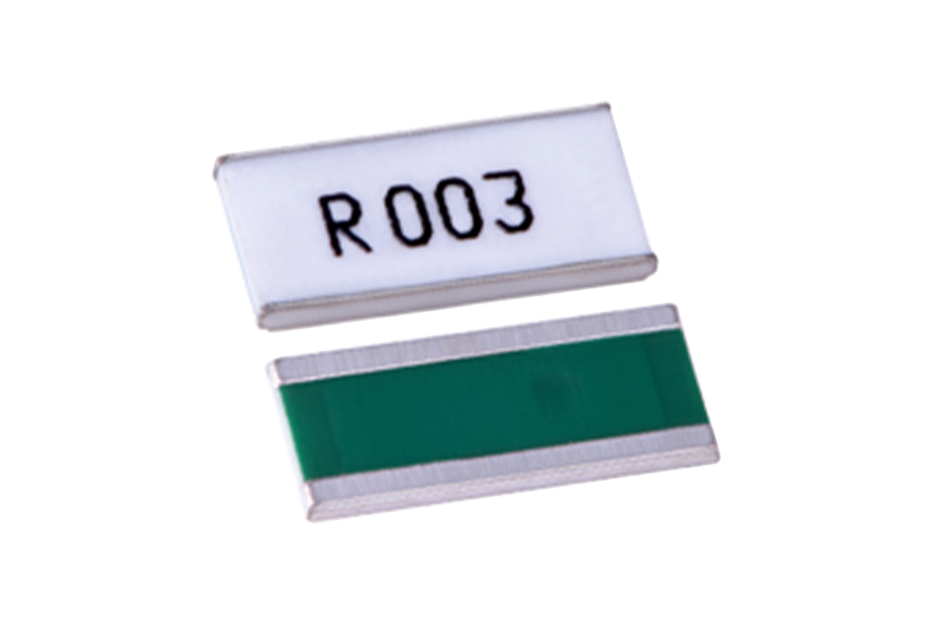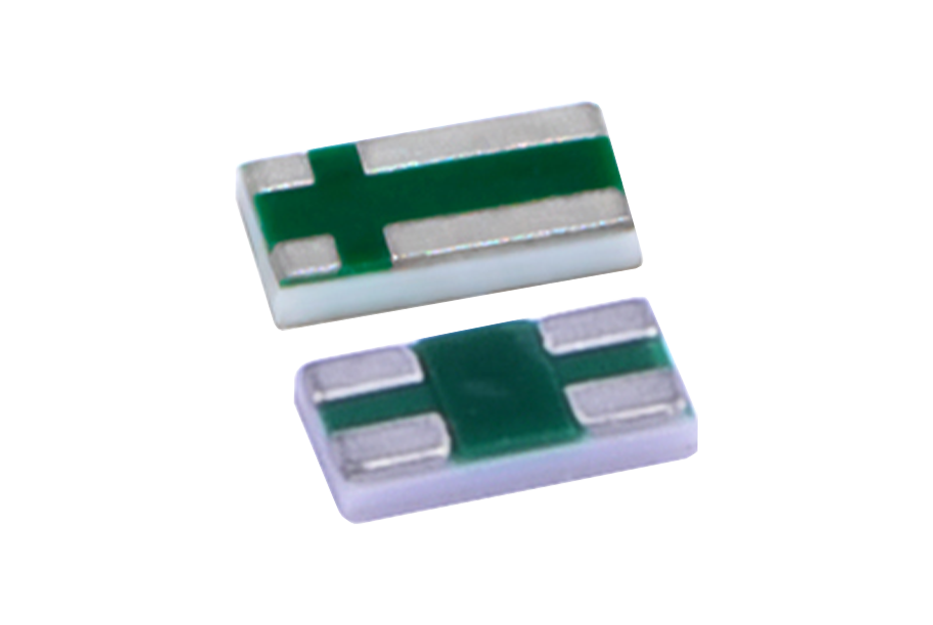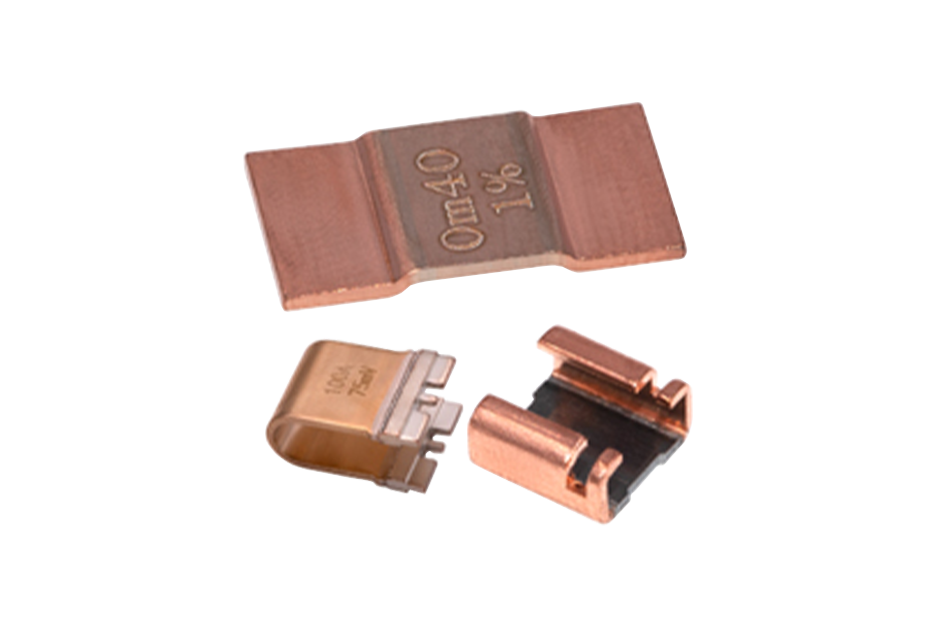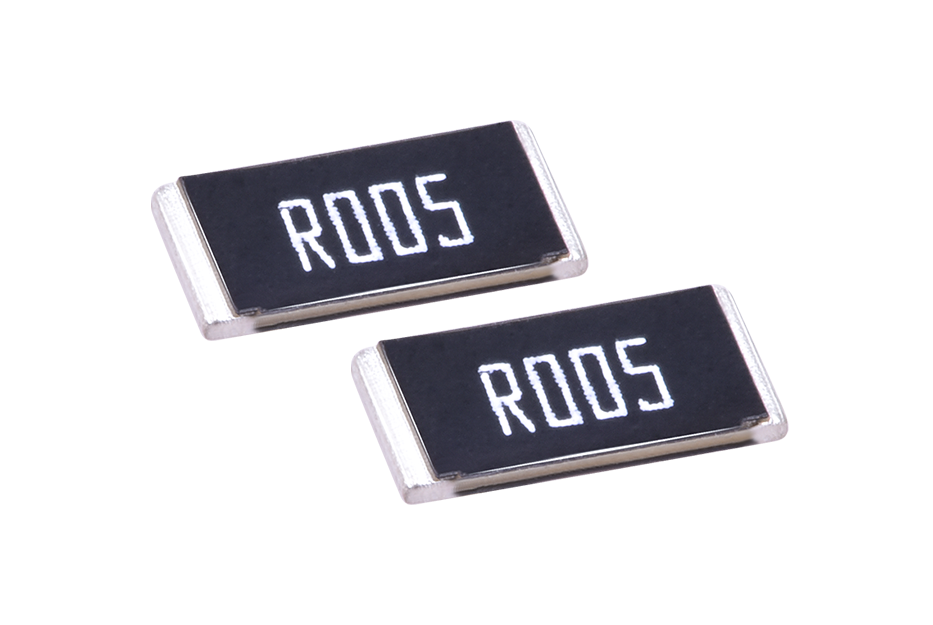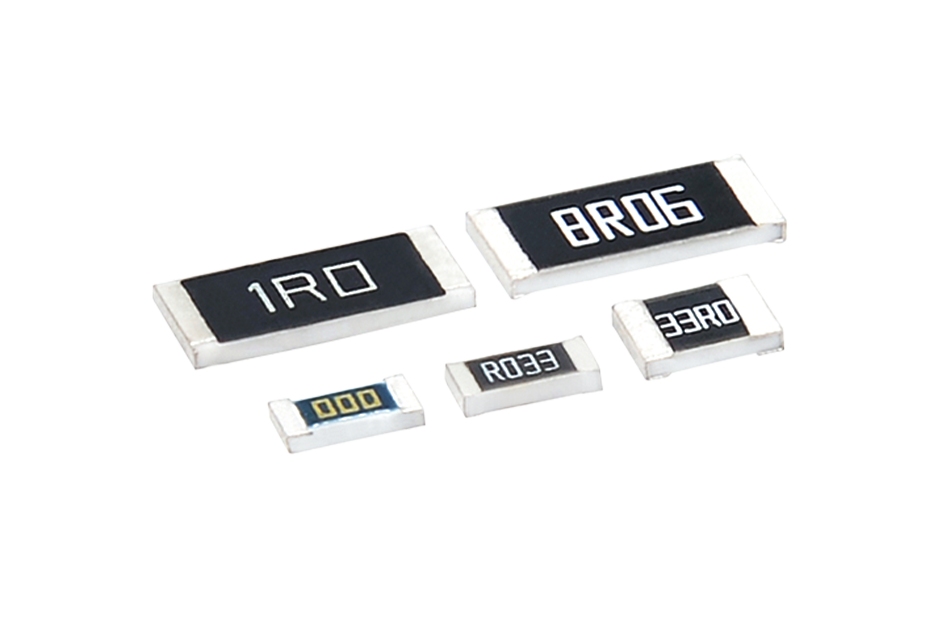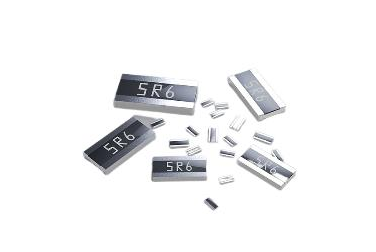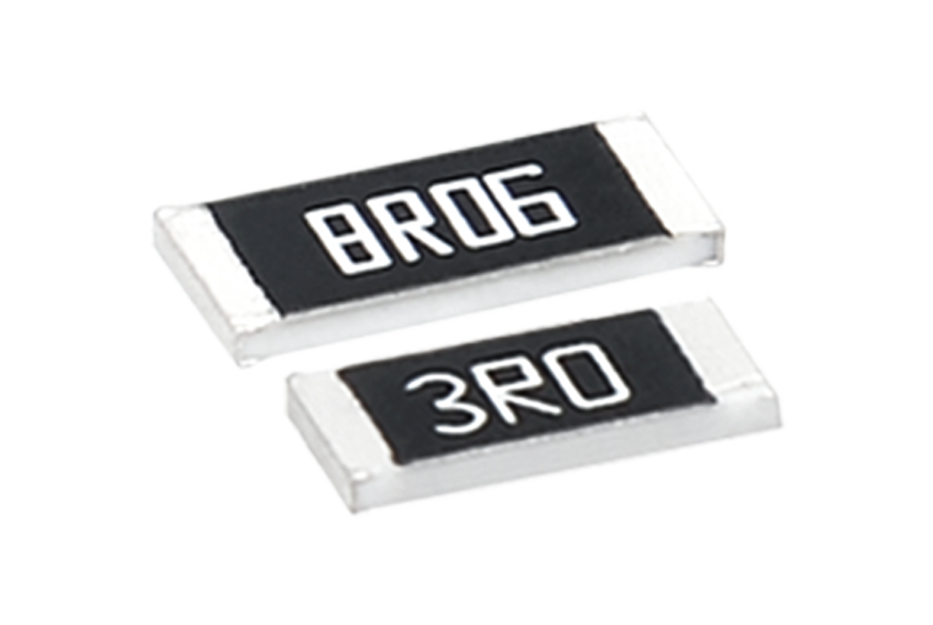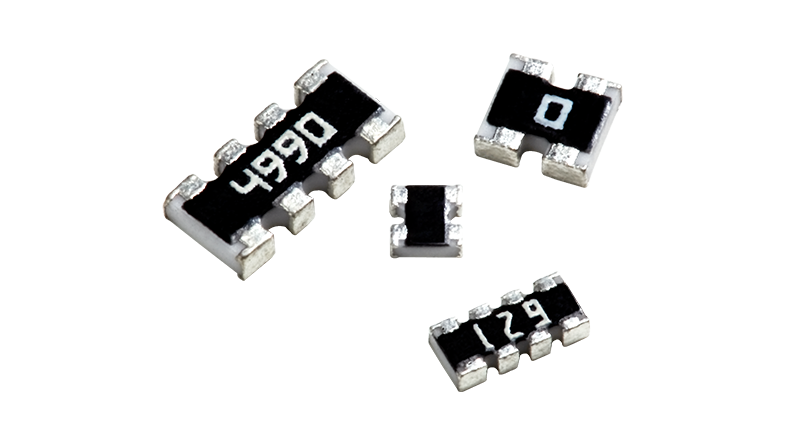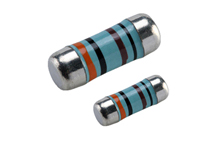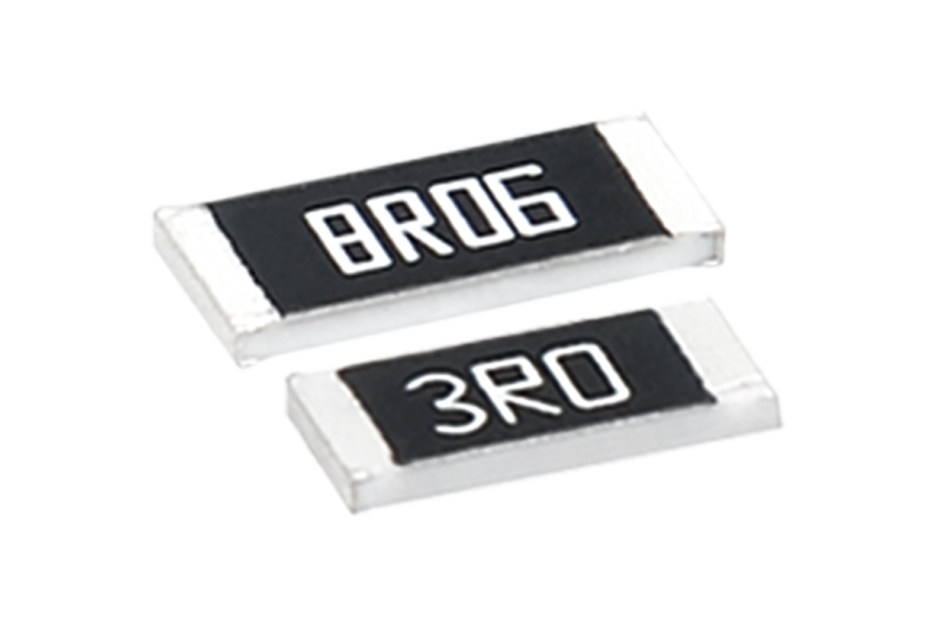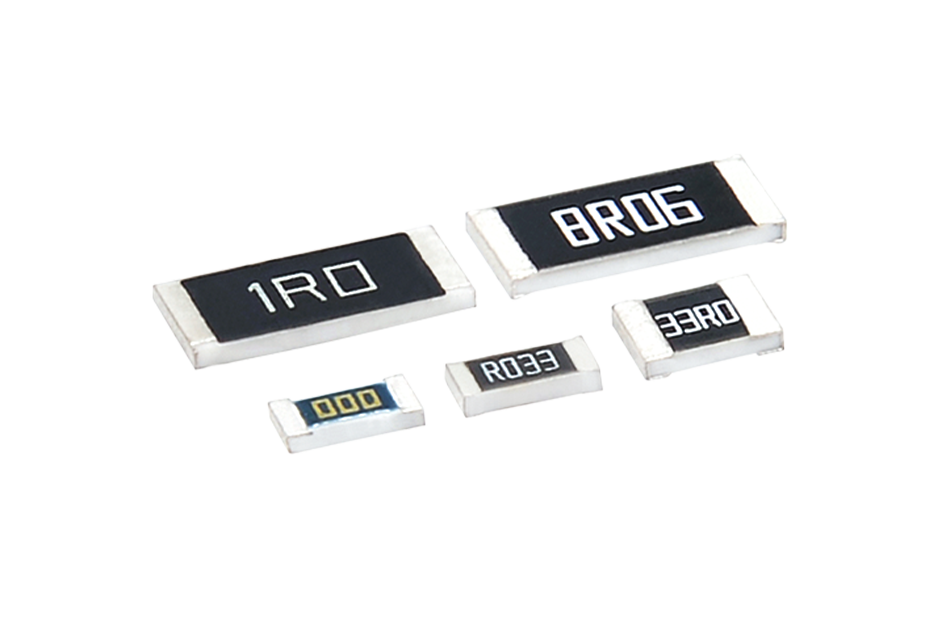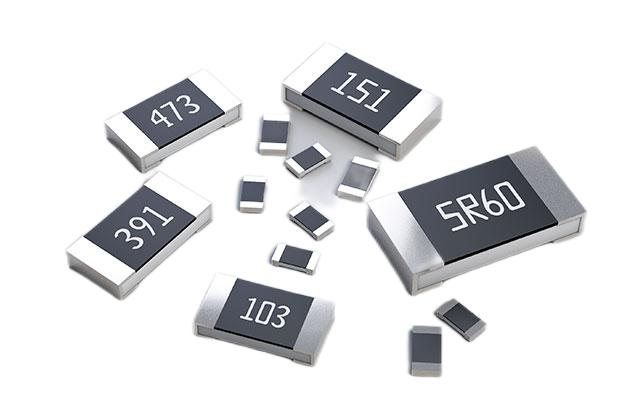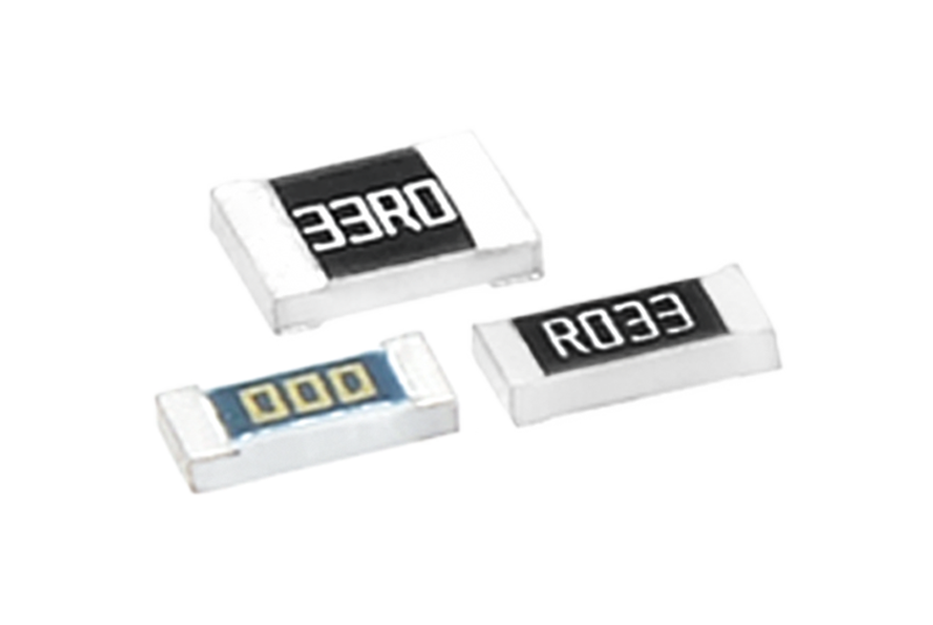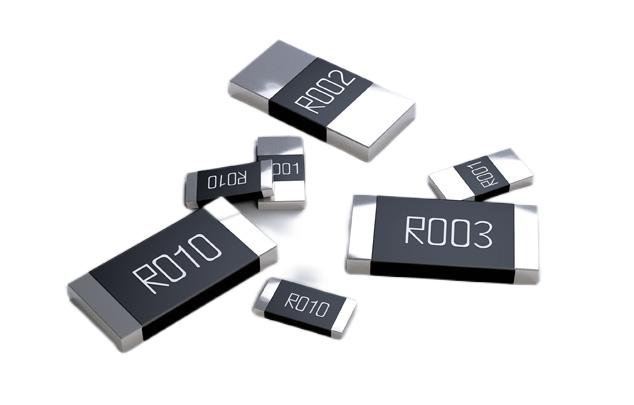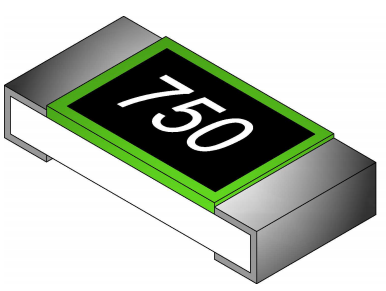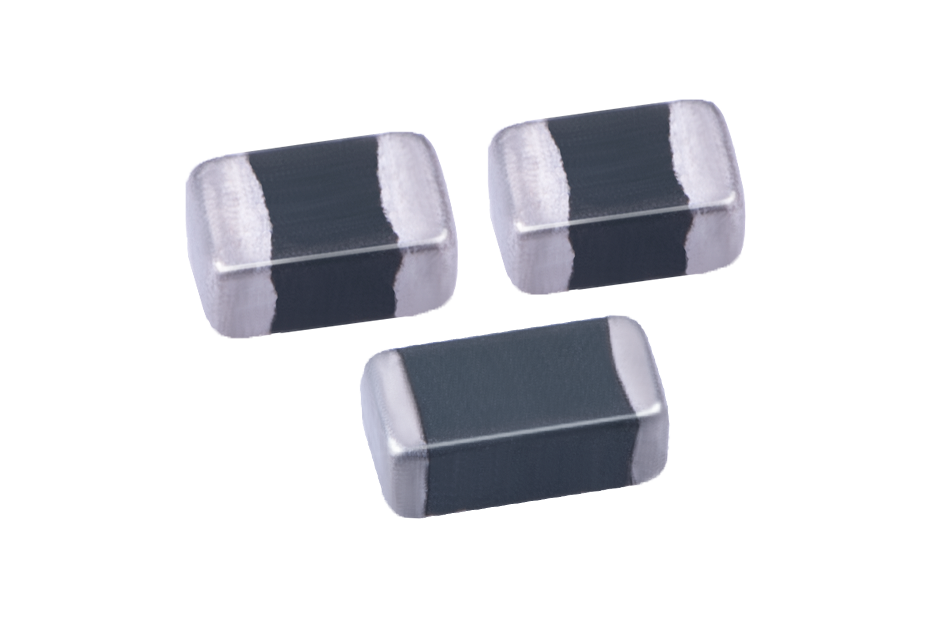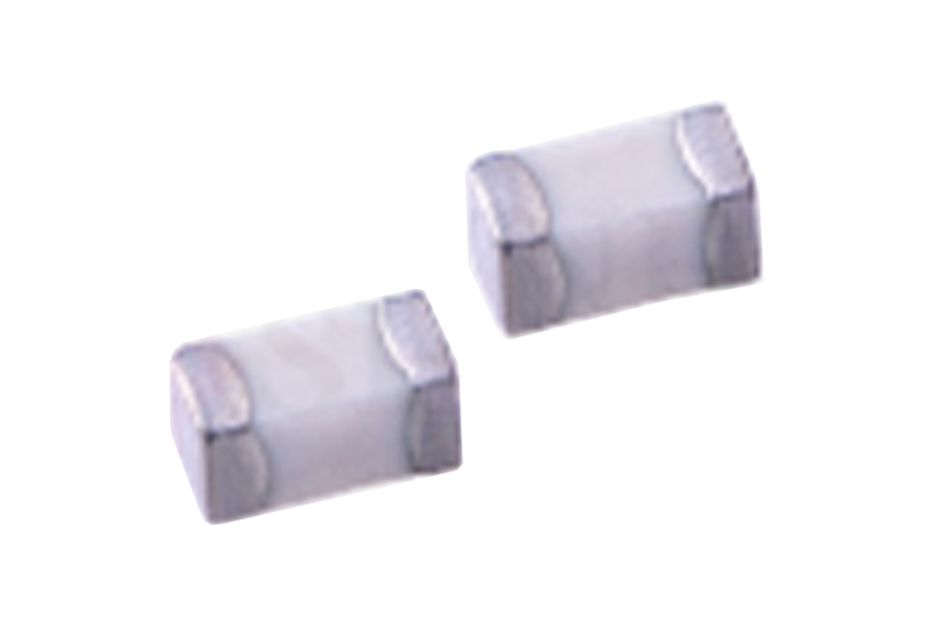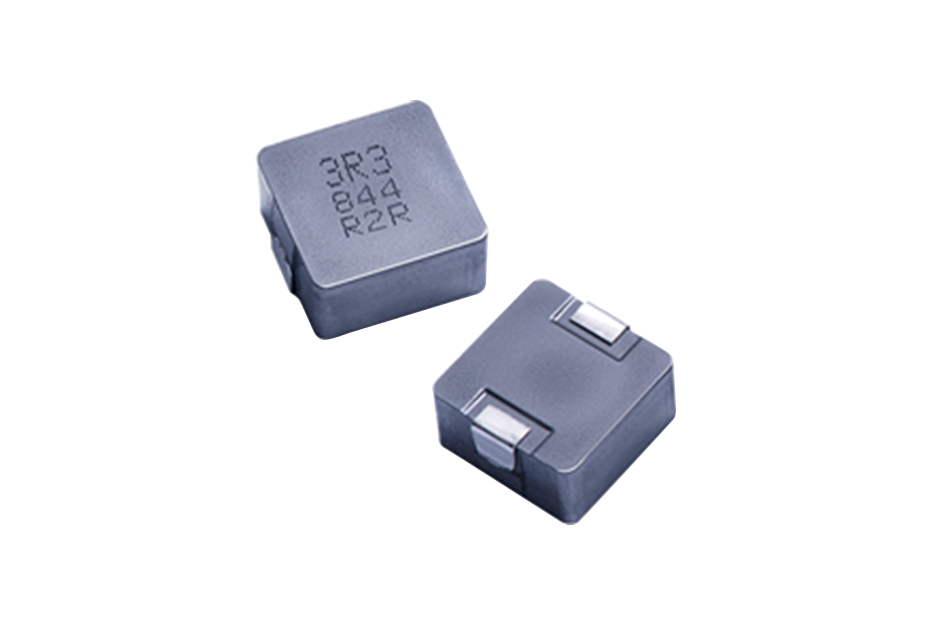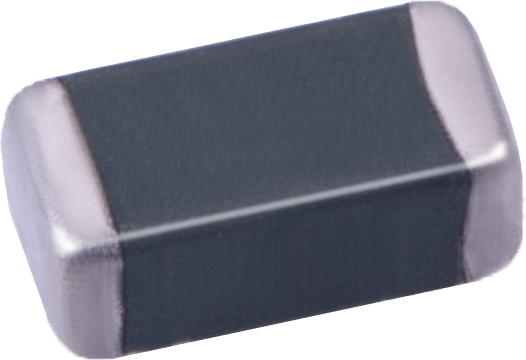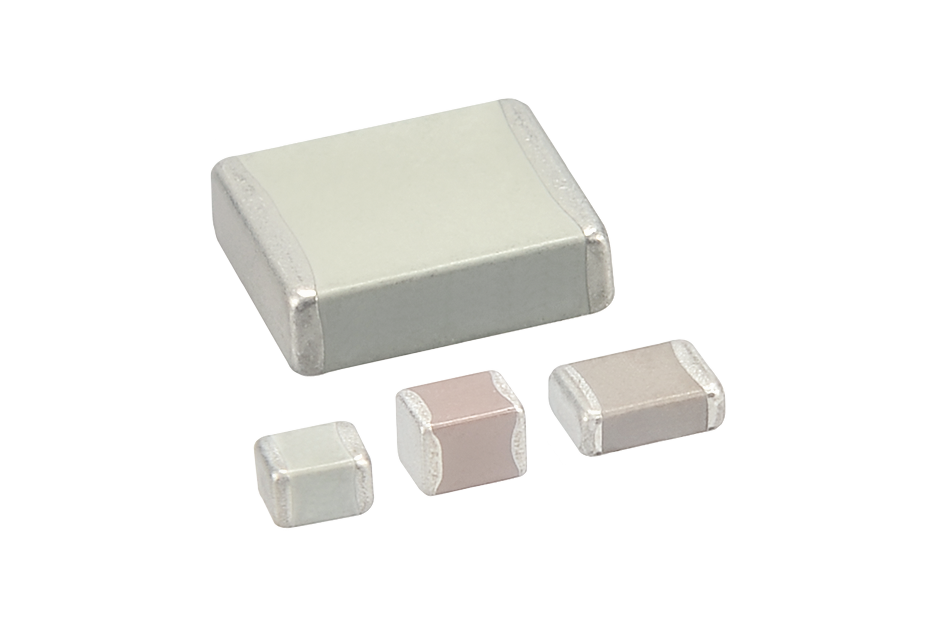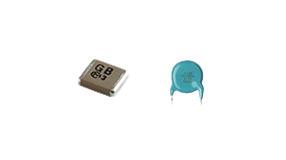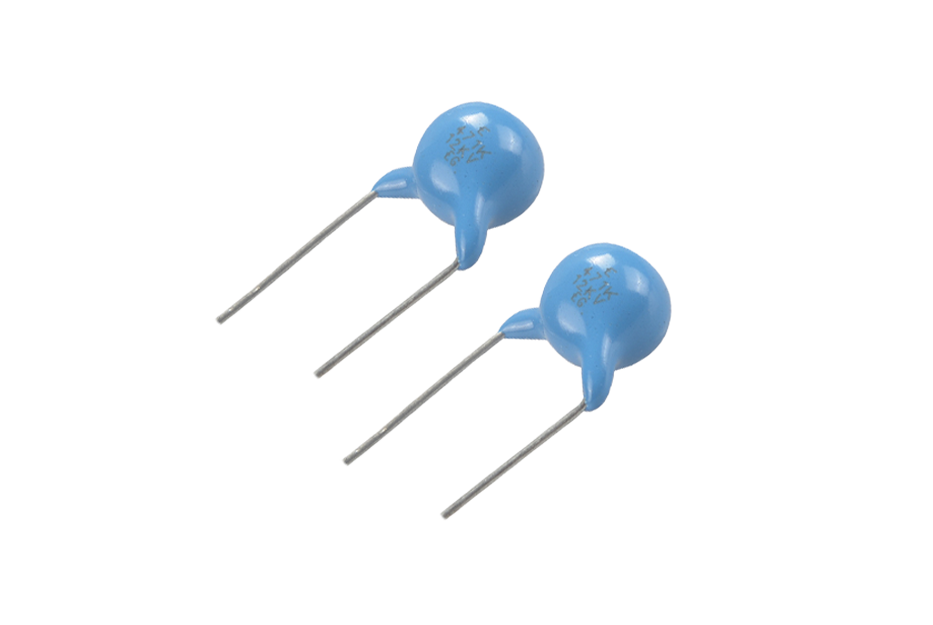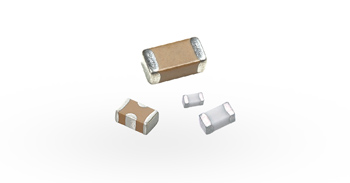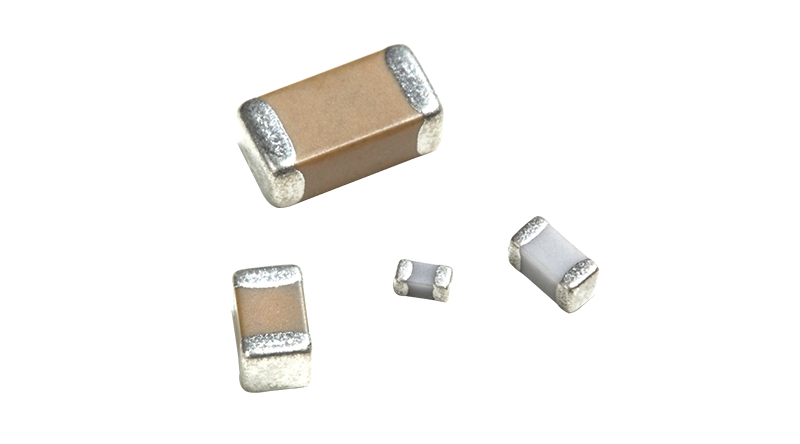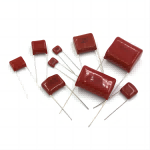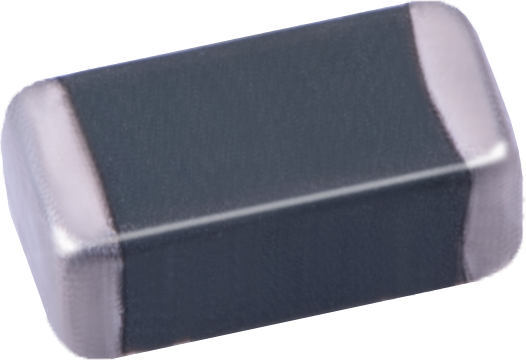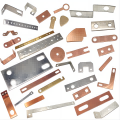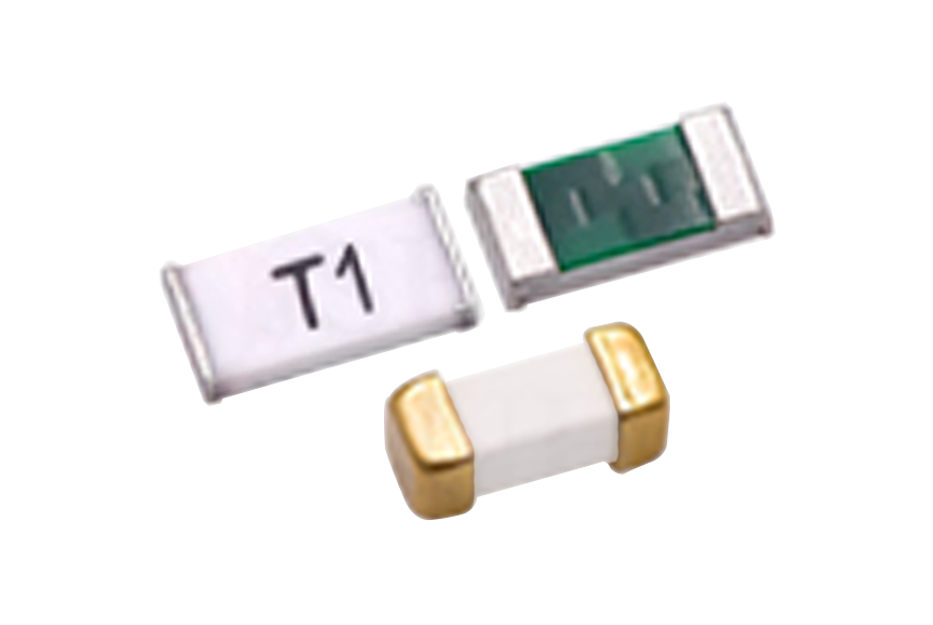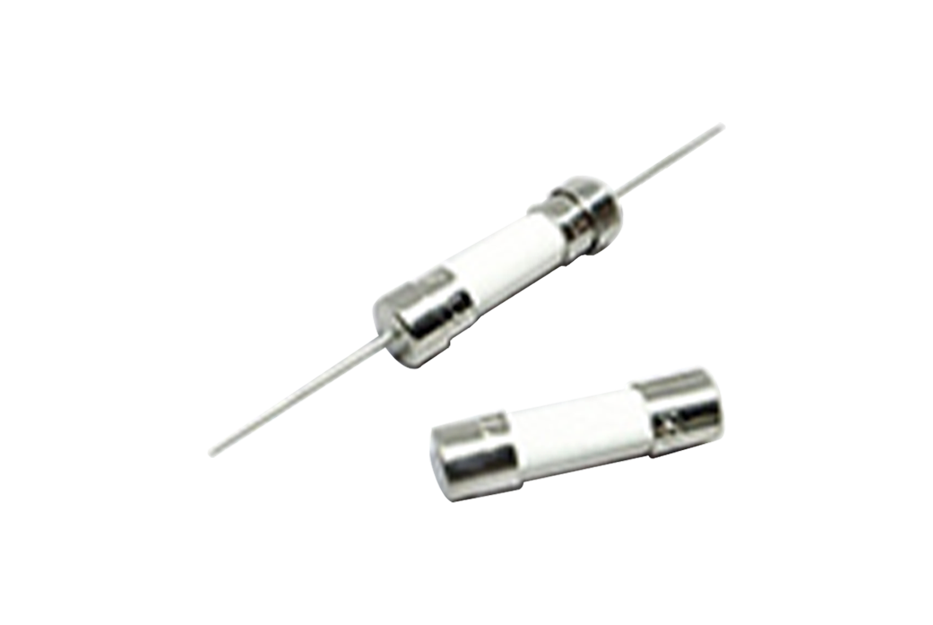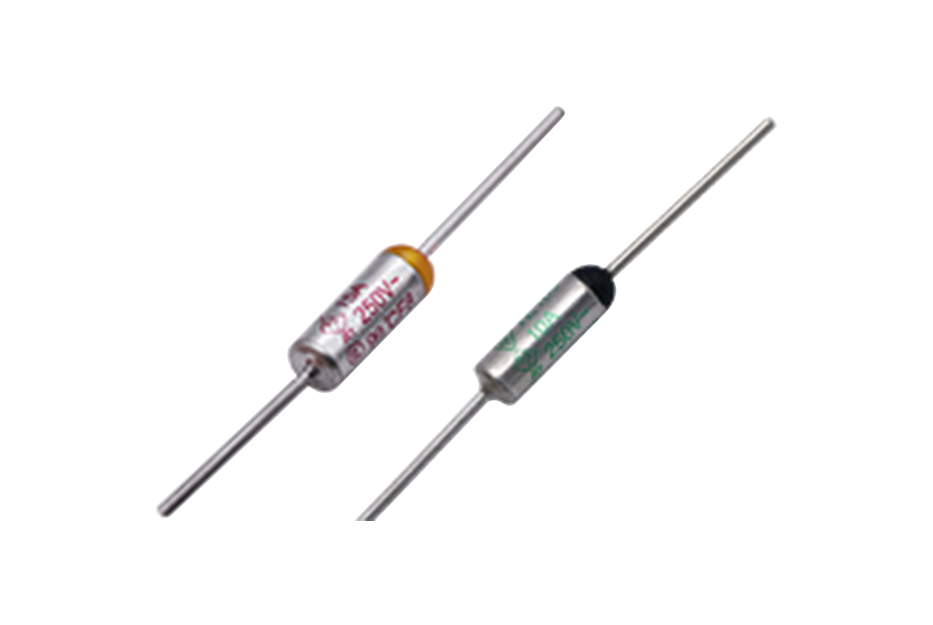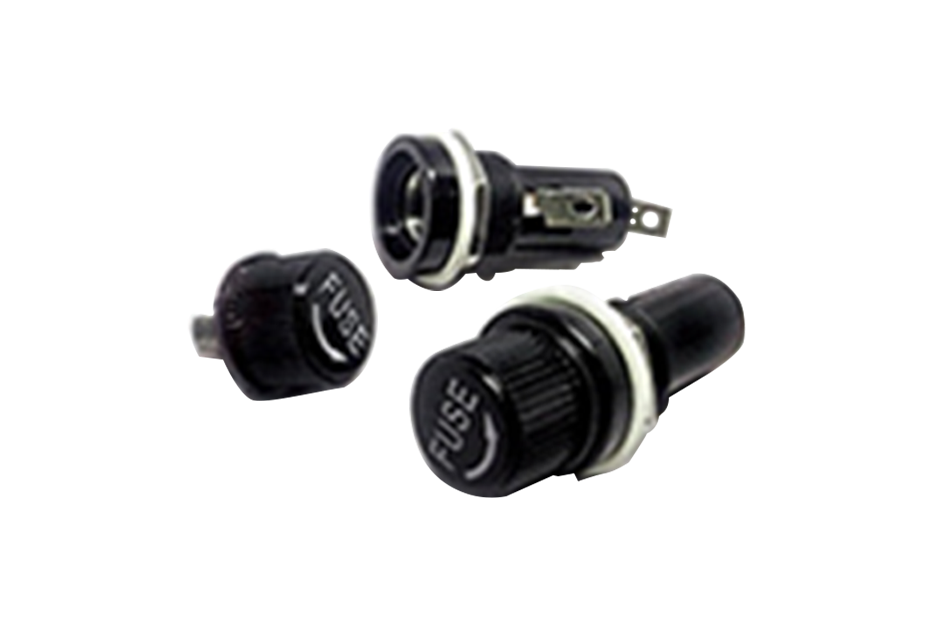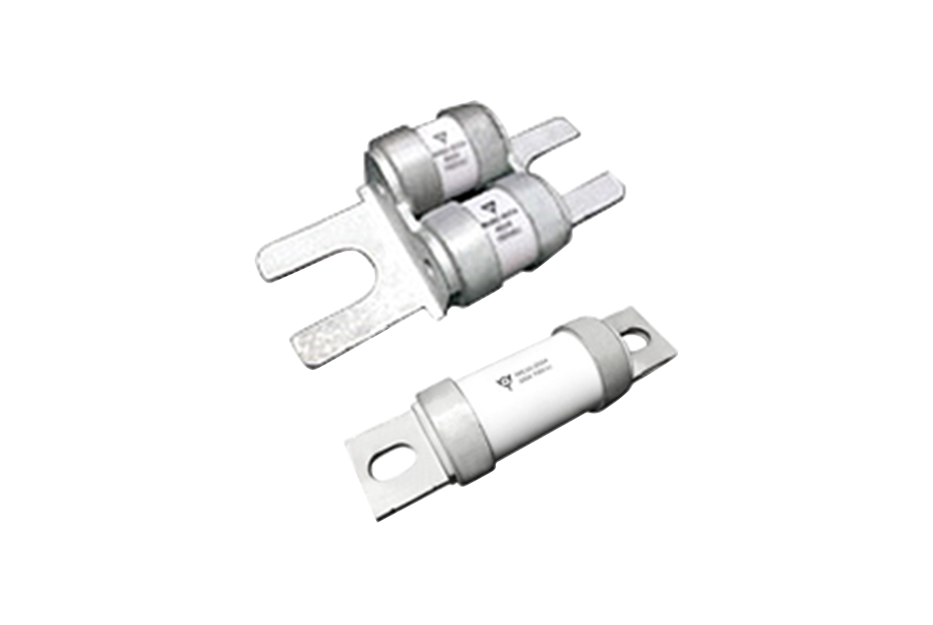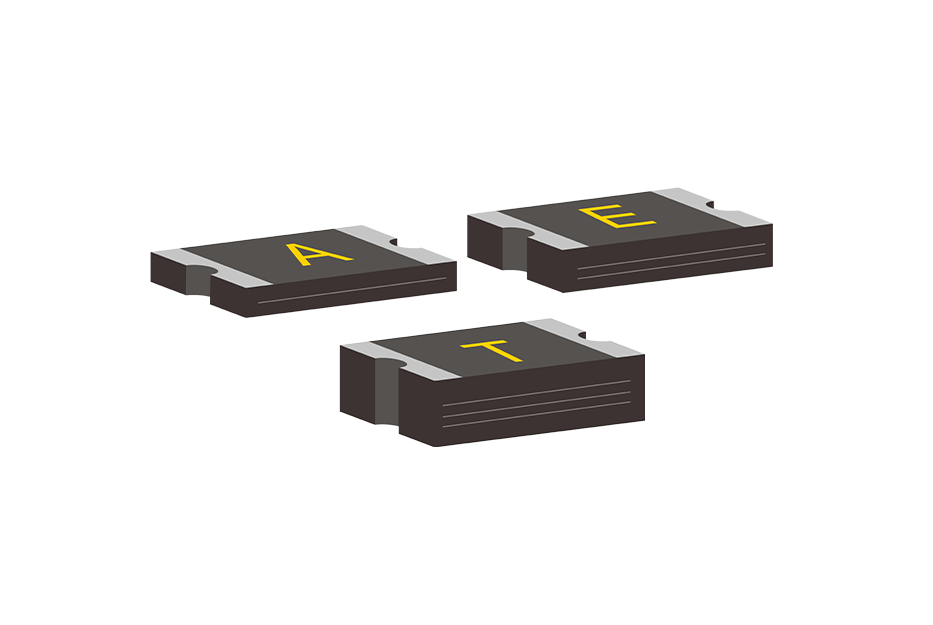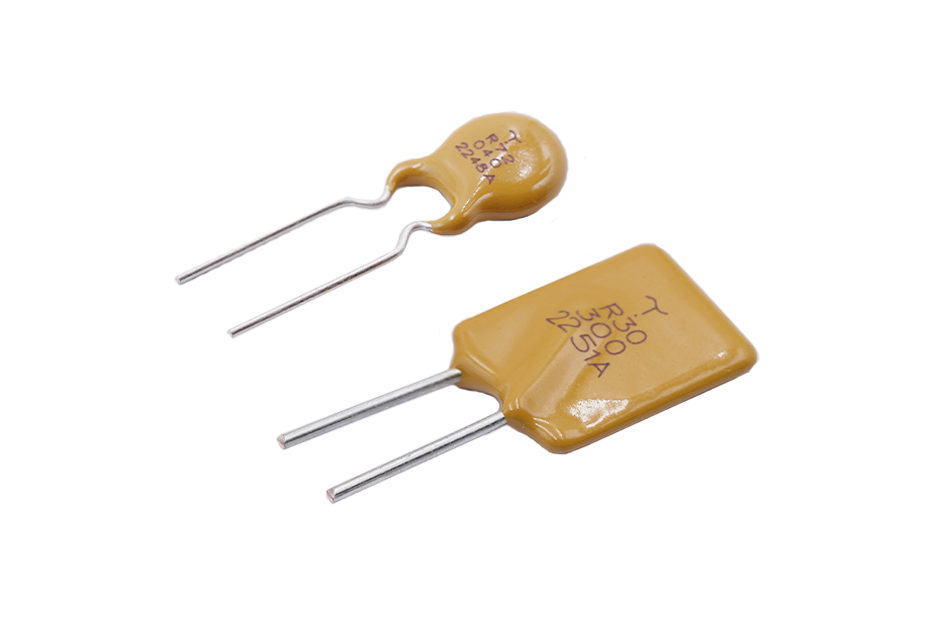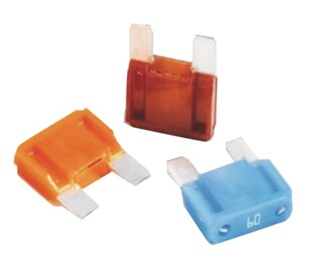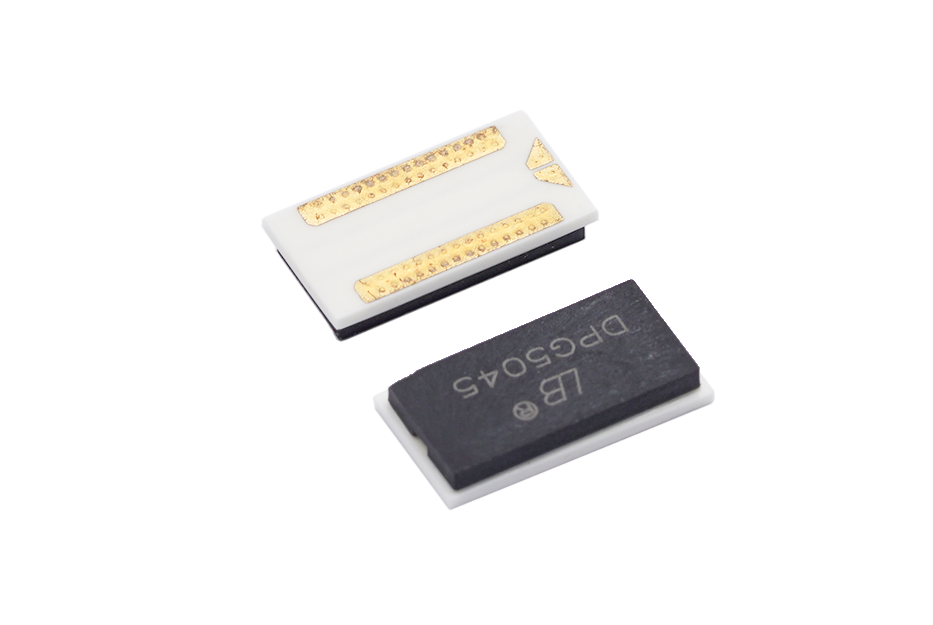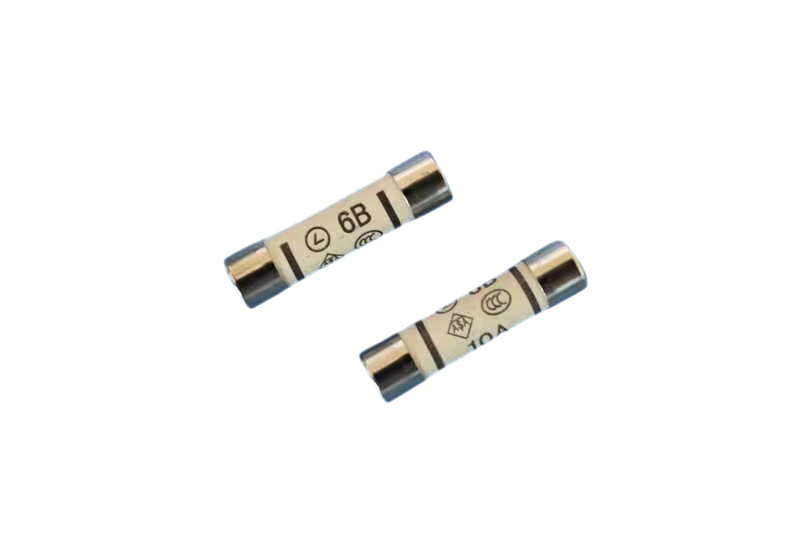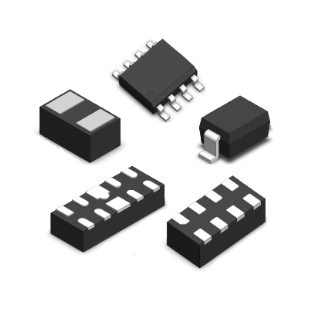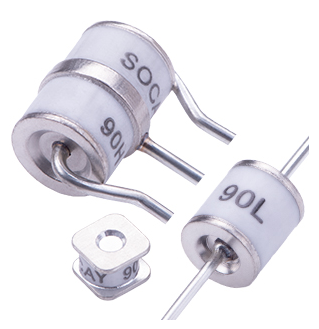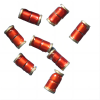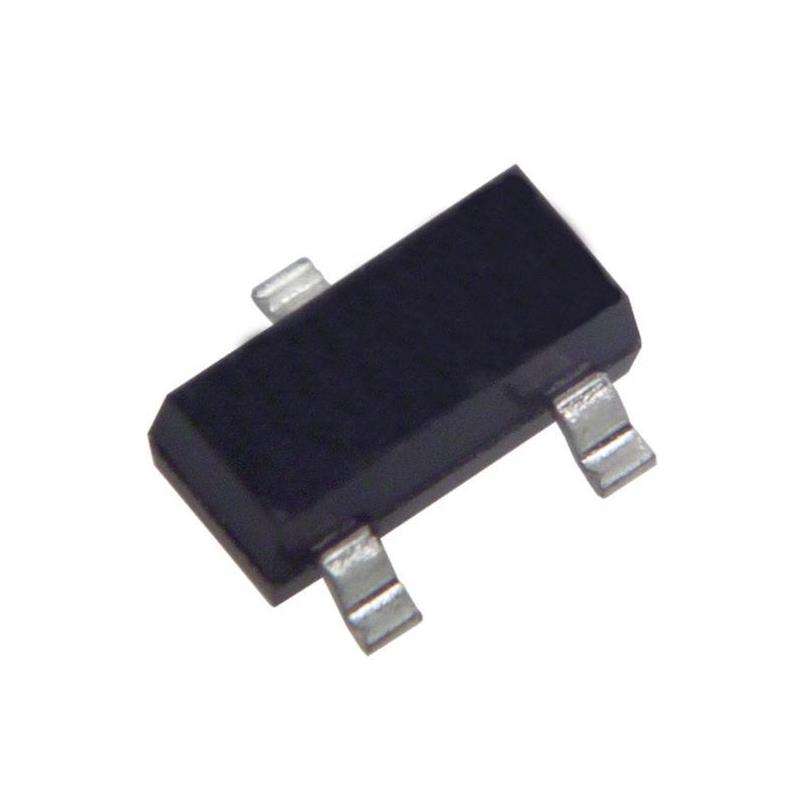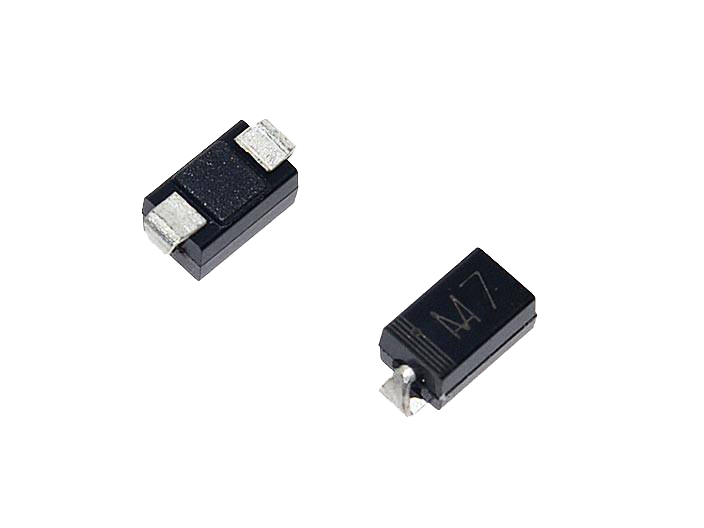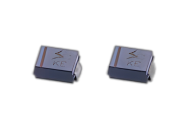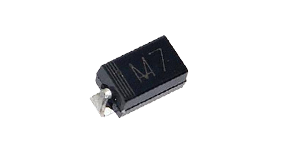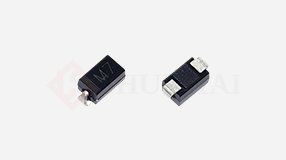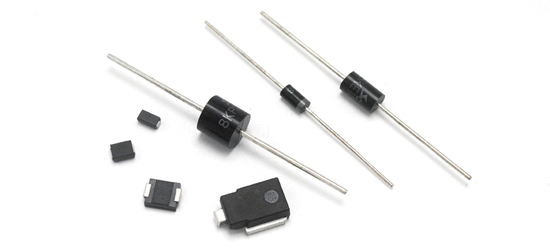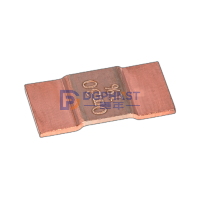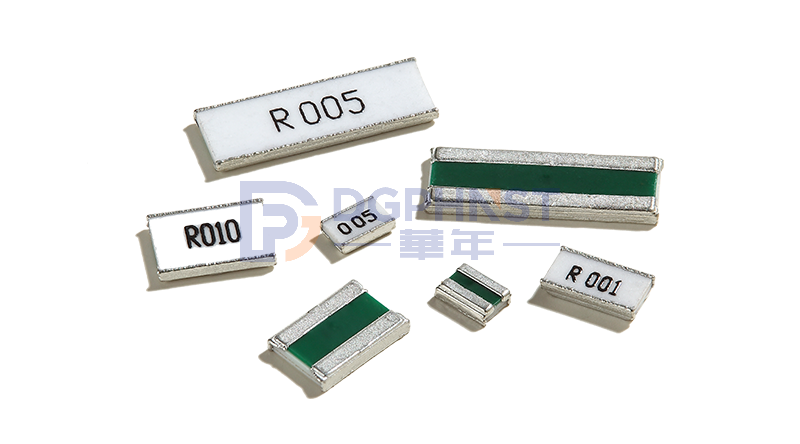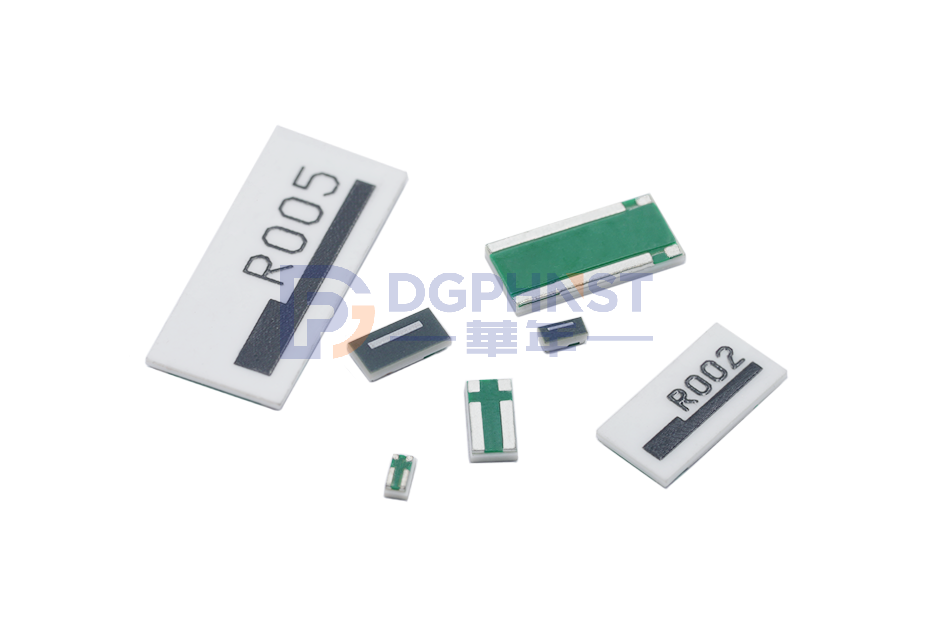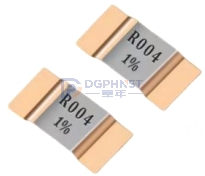A low-value shunt resistor is a device used for current division and measurement, known for its low resistance value and high accuracy. This article aims to introduce the principles, structure, and application areas of low-value shunt resistors.

$0.149734
ESR25F5W1M50TR04G
Low-Resistance Shunt Resitor ,2512 ,0.0015R(1.5mR) ,±1% ,5W ,±100PPM ,ELLON-ESR
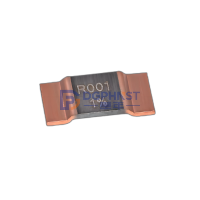
$0.247835
RZ2512FC0L35G
Low-Resistance Shunt Resitor ,2512 ,0.00035R(0.35mR) ,±1% ,3W ,MnCu ,±150PPM ,LIZ-RZ
1. Low resistance value shunt resistance Principles
A low-value shunt resistor utilizes the principle of current division to achieve accurate current measurement. It directs the measured current through the shunt resistor and measures the current passing through it to calculate the actual current value. The current value is typically calculated using Ohm's law (I = V/R), where V is the measured voltage and R is the resistance value of the shunt resistor.
2. Low resistance value shunt resistance Structure
A low-value shunt resistor typically consists of a low-resistance resistor and connectors. The resistor is made of high-precision materials to provide an accurate resistance value. The connectors are used to introduce and extract the current to and from the shunt resistor.
3. Low resistance value shunt resistance Features
- Low resistance value: Low-value shunt resistors have a low resistance value, allowing them to handle high currents without significant heat generation or voltage drop.
- High-precision measurement: Low-value shunt resistors offer high-precision current measurement results, making them suitable for applications that require accurate measurements.
- Low temperature coefficient: Low-value shunt resistors exhibit a low temperature coefficient, providing stable measurement results across different temperature conditions.
- Wide operating temperature range: They can operate effectively within a wide range of temperatures, adapting to various environmental conditions.
- Good stability: Low-value shunt resistors demonstrate good stability and long-term reliability, making them suitable for applications that require prolonged operation.
4. Low resistance value shunt resistance Application Areas
Low-value shunt resistors find wide applications in the following fields:
- Power industry: Used for current measurement and protection in power systems, such as substations, distribution panels, and energy monitoring systems.
- Industrial automation: Employed for current division and measurement in industrial control systems, robots, and automated equipment.
- Electronic test instruments: Utilized in test equipment that requires high-precision current measurements, such as oscilloscopes, current sources, and multi-purpose testing instruments.
- Automotive industry: Used for current sensing and control in electric vehicles, hybrid vehicles, and automotive electronic systems.
- Solar and wind power generation: Applied for current measurement and energy monitoring in renewable energy systems.
In summary, the low-value shunt resistor is an important device for current division and measurement, finding extensive applications in various fields. Its low resistance value, high-precision measurement, stability, and reliability contribute to its significant role in the power, industrial, and electronic sectors. When selecting and using low-value shunt resistors, specific application requirements should be considered to ensure optimal performance and reliability.

